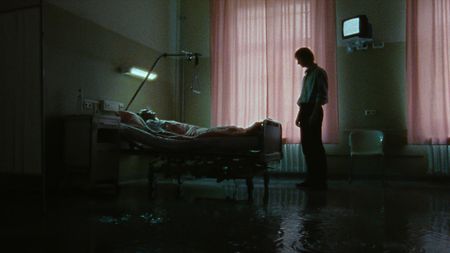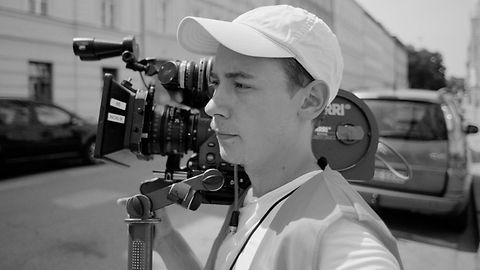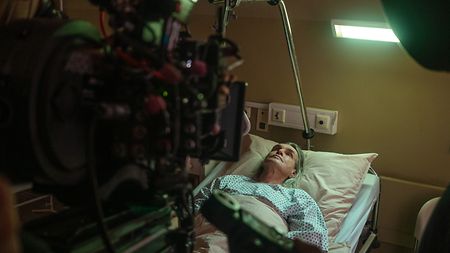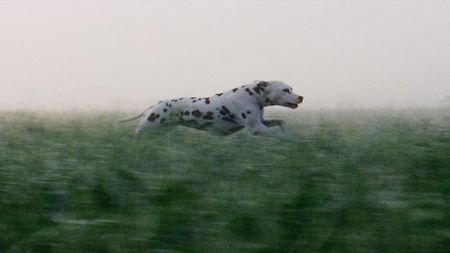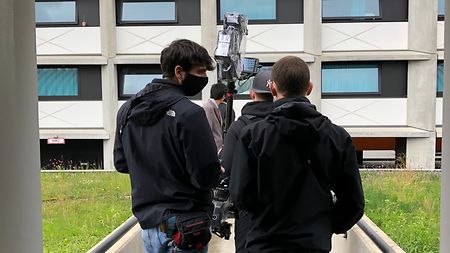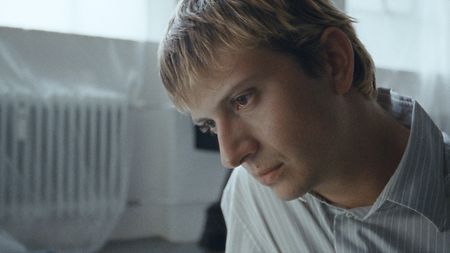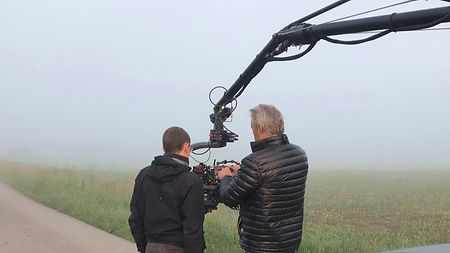ARRI Rental Munich supported director Ferdinand Feldmann and cinematographer Tobias Blickle with a 16 mm analog camera kit comprising an ARRIFLEX 416 and Ultra 16 lenses for their short film, "The Mysterious Opacity of Other Beings," in addition to grip and lighting gear. The filmmakers speak here about their rationale for shooting on celluloid and how the pandemic forced a change of location that brought its own benefits.
Where did the idea of shooting this short film on an analog format come from?
Tobias Blickle: Having worked with film on previous projects together, it just made sense to both of us. Ferdinand and I both like the qualities and colors that film can bring to a production. Creating a sense of dreamy, heightened reality felt right for this project.
Ferdinand Feldmann: We drew our primary inspiration from still film photography, in particular photographers that we both admire, like Philip-Lorca Dicorcia and Lars Tunbjörk.
